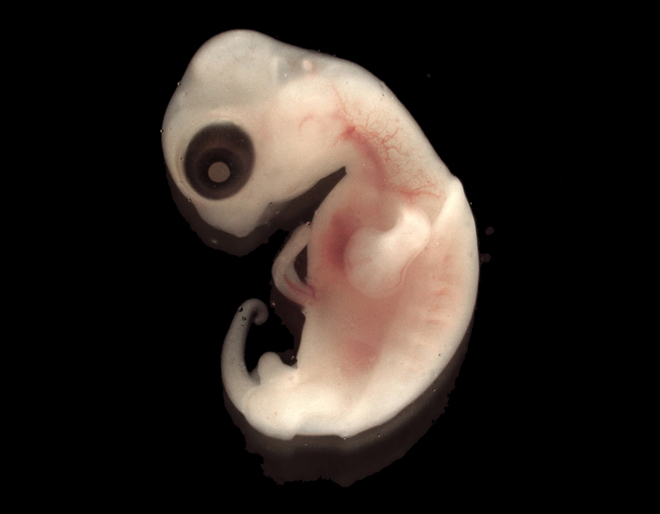Science News
Friday Science News Round-up

Reptilian embryos, C. elegans in space and exoplanets galore—get ready for a wild Friday science news round-up!
The “awwww, how cute” part of this article
We couldn’t pass this article by—river turtle embryos that communicate with each other to coordinate when they hatch! The research, published this week in the Proceedings of the Royal Society B, demonstrates that Murray River turtles speed up to catch up with their faster developing siblings. Wired UK reports:
Achieving this synchronicity isn’t easy. Although the eggs are always laid at the same time in the same nest, those at the top of the nest near the sun-drenched soil develop much faster than those buried deeper in the cooler soil. However, Murray River turtles are able to tell whether their fellow hatchlings are more or less advanced and adapt their pace of development accordingly, allowing the slow-coaches to play catch-up.
The study authors are still unsure how and why the turtle embryos do this. Stay tuned…
Just as cute are photos of developing Anolis lizards on New Scientist. Researchers hope that images like these will help us understand more about vertebrate development.
Our favorite traveling worm, C. elegens
This week, Universe Today noted that the worm Caenorhabditis elegans (or C. elegans) could be the first earthling to Mars. C. elegens is no stranger to space travel, its traveled a few times on various space shuttle missions. They do well in space, developing and reproducing normally. So how about deep space travel? Universe Today says lucky worms, but there is a broader purpose:
Similar biologically to humans in some ways, they are being studied by scientists at the University of Nottingham in the UK to help see how people are affected by long-duration space travel.
Kepler 21-b
Might this be C. elegens’ destination after Mars? Not likely. The latest confirmed exoplanet is 350 light years (2000 trillion miles) away and hot, hot, hot! It orbits its parent star much closer than Mercury orbits the Sun, but it is Earth-like in its size and mass. So what makes this one so special? We’re getting closer, says Discover’s Bad Astronomer:
this is an amazing detection; the planet is pretty small, very far away, and its parent star very luminous. These all combine to make this a tough world to detect, but that goes to show you: we’re getting really good at this sort of thing.
How long before we find another Earth this way? I’m guessing not very long. A few years at most. If they’re out there, they can’t hide forever.
Locally, NASA Ames is holding the first Kepler conference next week, with more exoplanet discoveries to be discussed. If you’re in the area, try and catch their public talk on Tuesday evening, should be most exciting!
Image: Judy Cebra-Thomas and Scott Gilbert/Swarthmore College/NSF